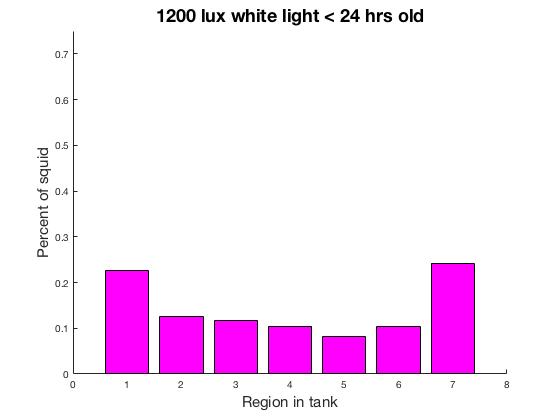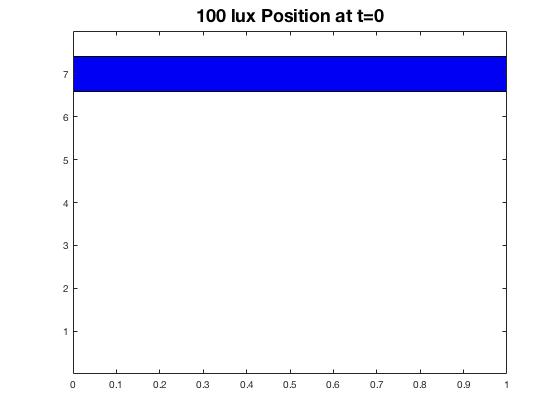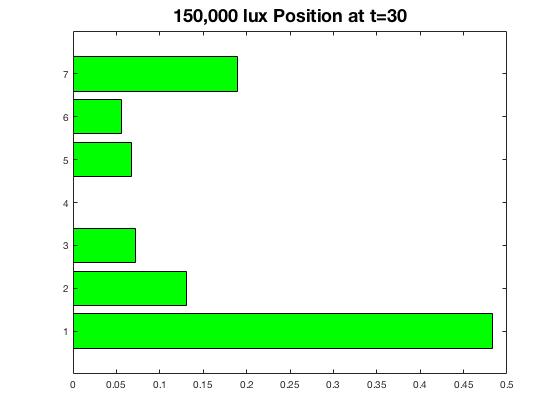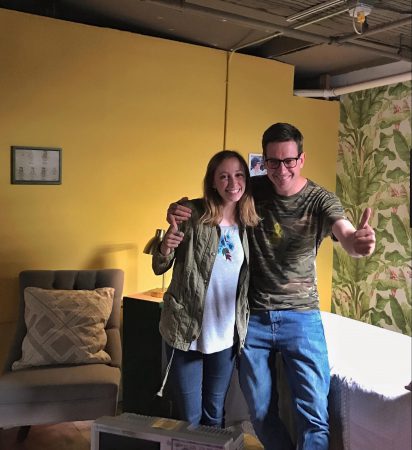Hi everyone! The summer is finally coming to a close and I am excited to share all that I have learned from my time as a Backyard Brains fellow with you. If you’ve been here since the beginning, thank you so much for following along with me and my squiddos for the past ten weeks and if not, feel free to check out my previous two blog posts to see how we got to this point.
If you missed them… my first post Behavioral Study of Baby Squids and my second post Recording the Behavior of Squid Hatchlings…
Honestly what even happened to me this summer
At the end of my last blog, I had finally gotten a recording box setup that worked well for me, and software that successfully tracked the squid over time. I was pondering what I wanted my final experiment with the squid to be and what I would test them for as they developed. I think that the most interesting part of the project was to be able to relate my experiments to actual conditions that the squid would experience in the ocean so that we could reveal something about the early lives of longfin inshore squid.
With that in mind, I first asked a very simple question. Do the squid prefer to be at the surface of the water or further down? In order to test this, I first put LEDs above the squid in the experimental tank and set them to produce very low light, around 100 lux. I found that the squid stayed right up at the top of the tank, and appeared very attracted to the light. Next, I ordered a really intense flashlight off of Amazon which according to the product description can be used for ‘calamity search and rescue.’ Super hardcore. I proceeded to blind all my intern friends and abuse the strobe function on the flashlight before getting down to experimenting.
Sunlight on a very bright day is around 120,000 lux, which is around the intensity of my flashlight. By placing it on top of the squid tank, I mimicked the experience that the squid would have should they swim right at the surface of the water. What I saw was pretty impressive; the squid dropped dramatically in the water and hung around the bottom until the light was turned off. This was especially interesting to me, because as you might have read in my previous post, squid are strongly negatively geotaxic. This means that they prefer not to be low in the column of water if they can help it, so seeing this reaction must mean that the squid have a very strong instinct to stay away from bright sunlight.
I saw this same behavior across different ages of squid and I believe that it is a pretty general response. While this was an interesting and informative experiment, it seems a little broad. We’ve learned that squid of all ages don’t like SUPER SUPER bright light and they do like SUPER SUPER dim light, but what about the kinds of light in between?
This is where my idea to film the squid moving right to left came into play. I became very obsessive about checking my eggs every hour to see if they had hatched, so I could be sure to test the squid under different conditions in their very first hours of life. I tested each group with 100 lux, 600 lux and 1,200 lux light shining from the right. I first tested the groups within 24 hours of hatching, and tested them again when they were 48 hours old.
The first result was similar to what I learned from the surface-light experiment which was that the squid are attracted to 100 lux light. In both age groups, there was a strong movement towards the LED as soon as it turned on, and clustering around the light for the entire duration of the video.
The result of the next experiment was totally different. Under 600 lux light, the newly hatched squid had a totally random response and were not attracted to the light source at all. After two days, the same group of squid would respond very strongly to the light and move right towards it.
Under 1,200 lux light, the young squid also did not respond and the older squid were somewhat attracted to the light, but less than they were to the 600 lux light.

So what does all of this mean??? We can only guess. It is apparent that in all age groups, squid are attracted to conditions that are dimly lit, probably because this is a safe location for avoiding predators. The differentiation of response is more interesting, however. In order to understand why younger squid are more repelled by bright light, we can consider the early migration patterns of the squid. While they are born at the coastal shelf of the ocean, the squid quickly move out towards the open ocean within their first few days of life.
As you can see in the diagram, there is a significant difference between how the light penetrates water on the coastal shelf and how it penetrates water in the open ocean. When the squid are born in the murky waters off the coast, even moderately strong light probably signals to them that they are dangerously close to the surface of the water. A few days later when they move to the open ocean. light penetrates more deeply, so moderately strong light probably still represents a safe distance from the surface.
Although these hypotheses could be totally wrong, the behavioral development that is apparent here is an extremely interesting model of infant reflexes and their changes over time. In human babies, we see strong behaviors such as the rooting reflex that allow infants to survive, which go away with time. This same general concept is being seen in the squid hatchlings, and we could perhaps work to study the mechanisms for how these instincts develop genetically in an organism. NEW PROJECT DIRECTION!??
And, if you missed it, I made and presented a poster! Check it out here if you’re interested in a more formal presentation of my results:
Anyway, this is almost the end of my last blog as a BYB fellow and if you want to peace out before things get sappy/ grateful/nostalgic, now would be the time 😉
Are we happy to be done filming or are we still arguing about the merits of subplot(‘Position’) vs subsubplot??
BUT ANYWAY I am so grateful to have had the opportunity to work at Backyard Brains this summer and for all the amazing experiences I’ve had here. Infinite thanks to Greg for taking the time to work with and teach us so much this summer and for his dedication to broadening the availability of neuroscience education. I will miss your excellent renditions of the entire soundtrack from The Book of Mormon and being your (unconfirmed) favorite intern.
Thank you also to the entire staff at Backyard Brains (looking at you Stan, Will and Zach) for being there every time I got stuck or frustrated this summer and providing helpful suggestions and thumbs ups. Same to my fellow interns. You’re all like siblings to me and I am so grateful to have gotten to know such a quality group of people; I know you’ll all do amazing things in life. The open-apartment Friday night policy applies forever please come visit me.
TO CONCLUDE this summer has been incredible. It has really deepened my passion for neuroscience and experimentation, and introduced me to the satisfaction of DIY science. I can only hope that the rest of my career involves so much gratifying research and such a wonderful community of scientists and makers. TO THE NEUROREVOLUTION!!













